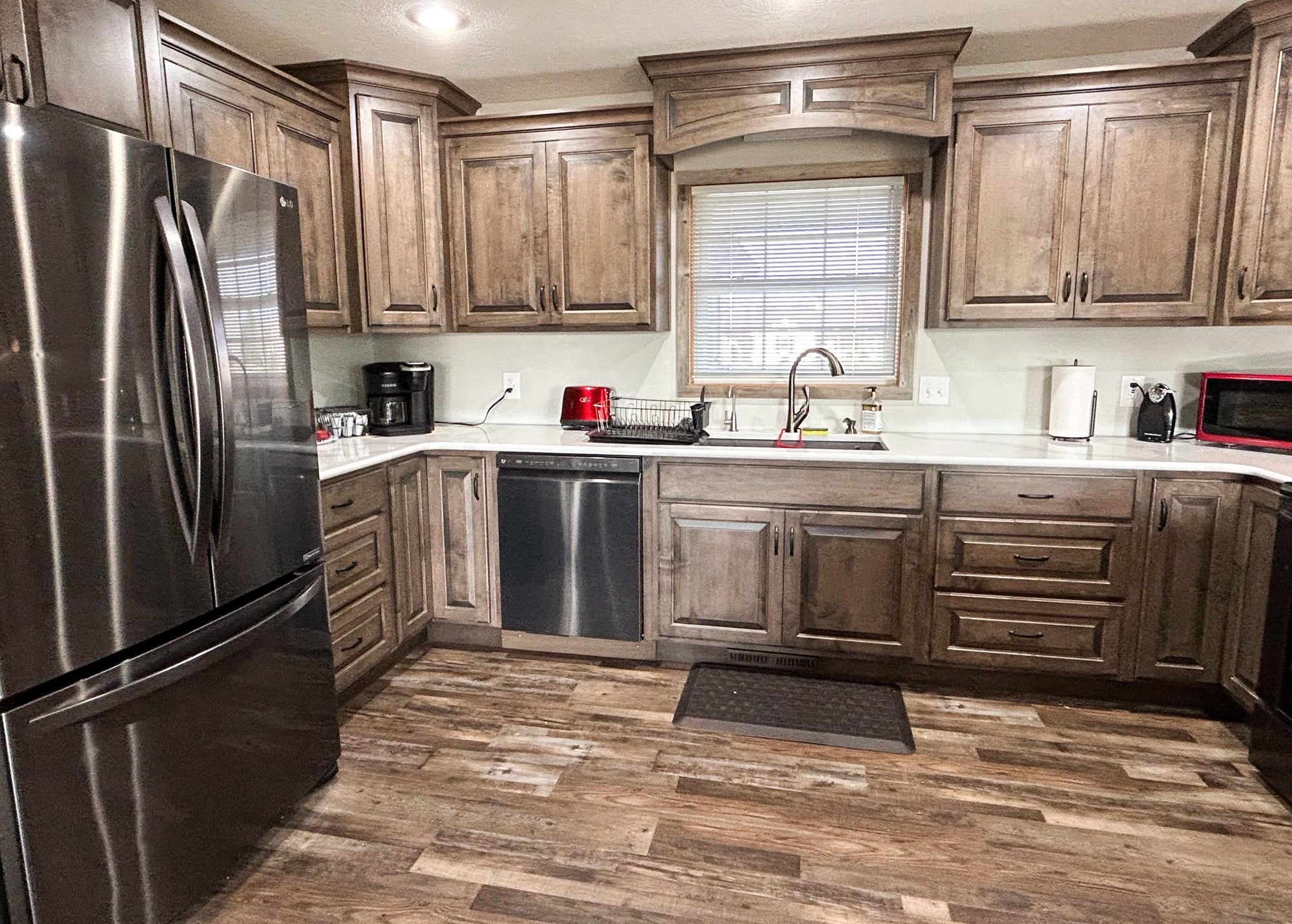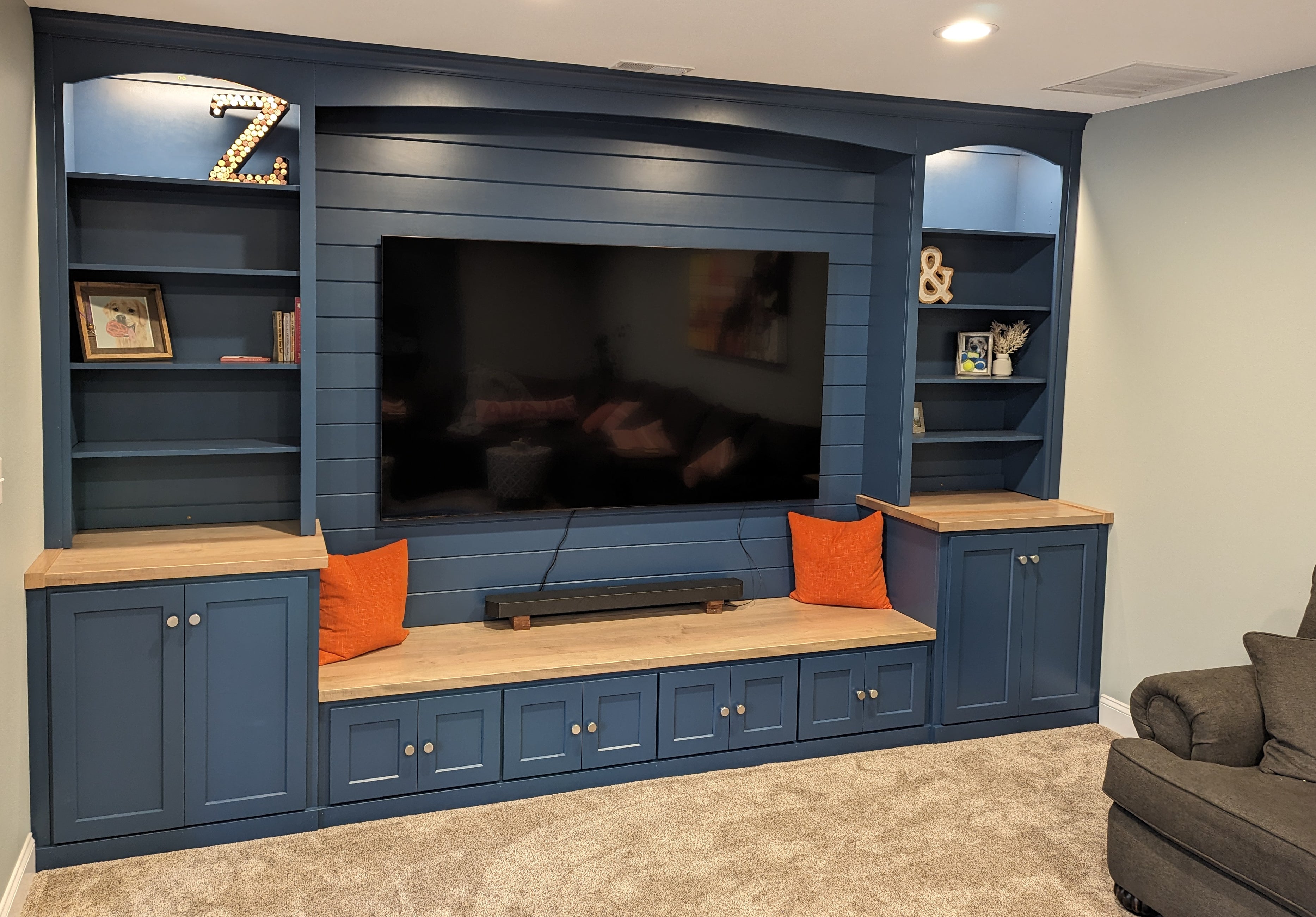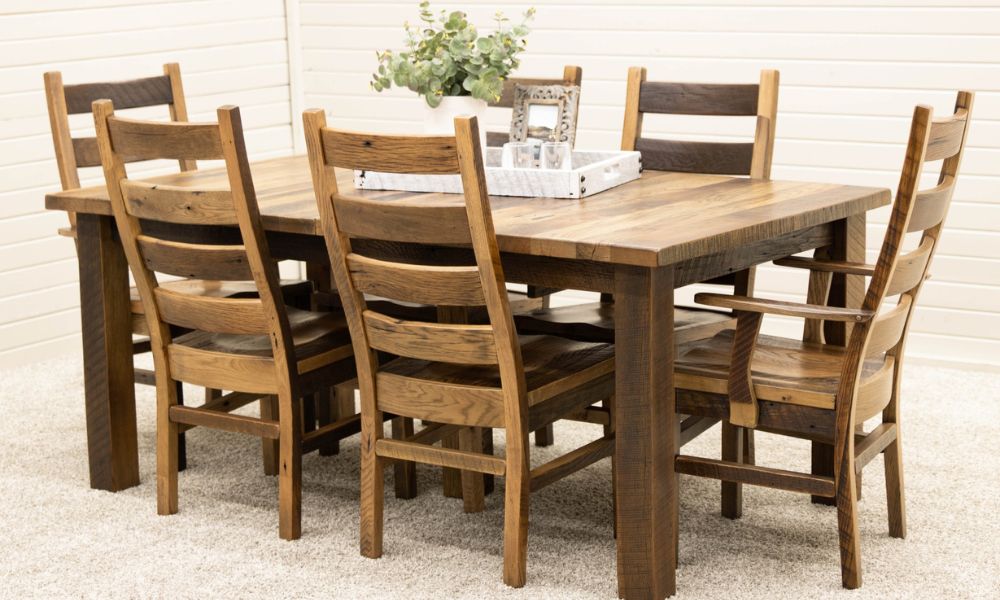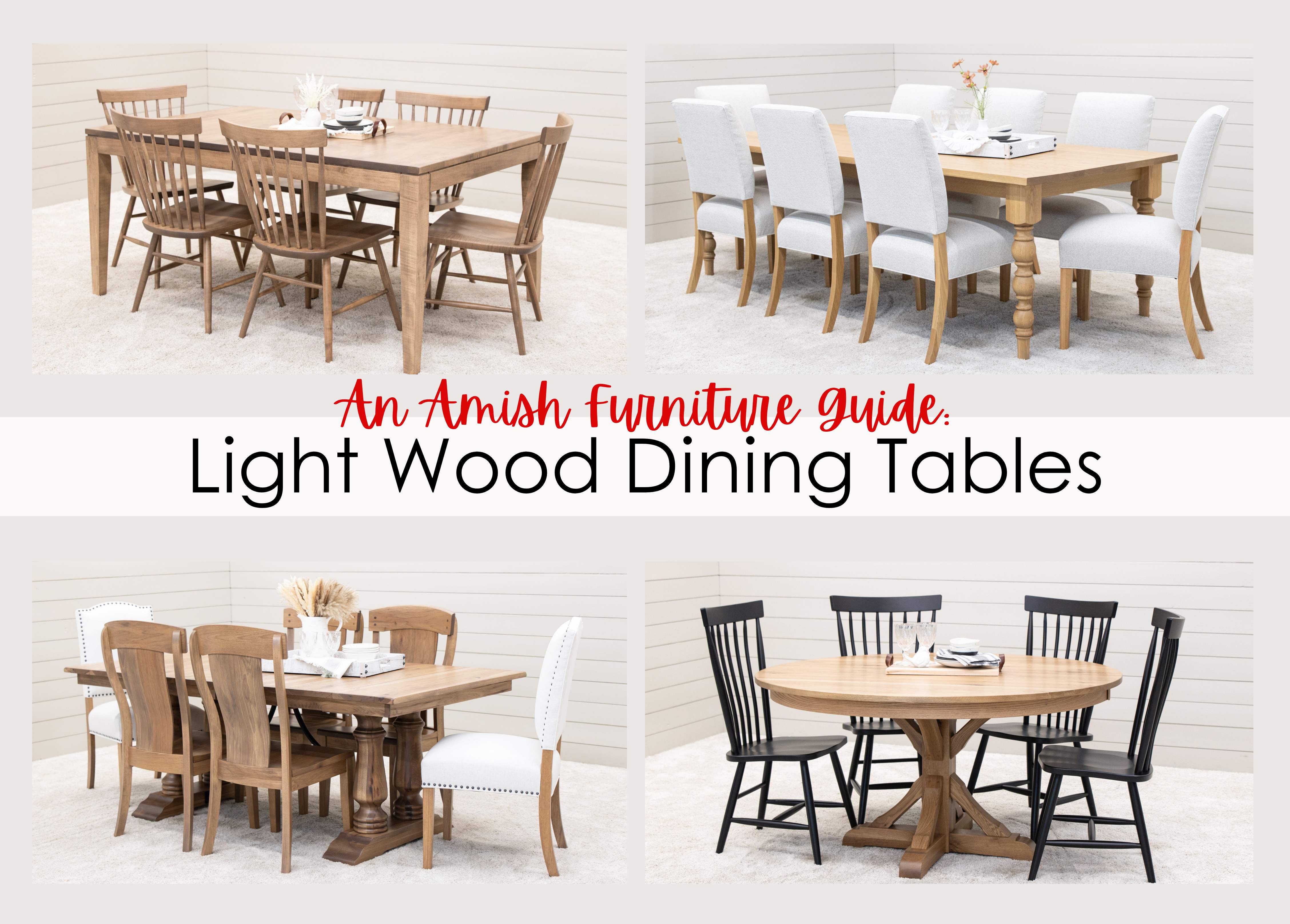6 Questions To Ask When Designing Your Dining Room
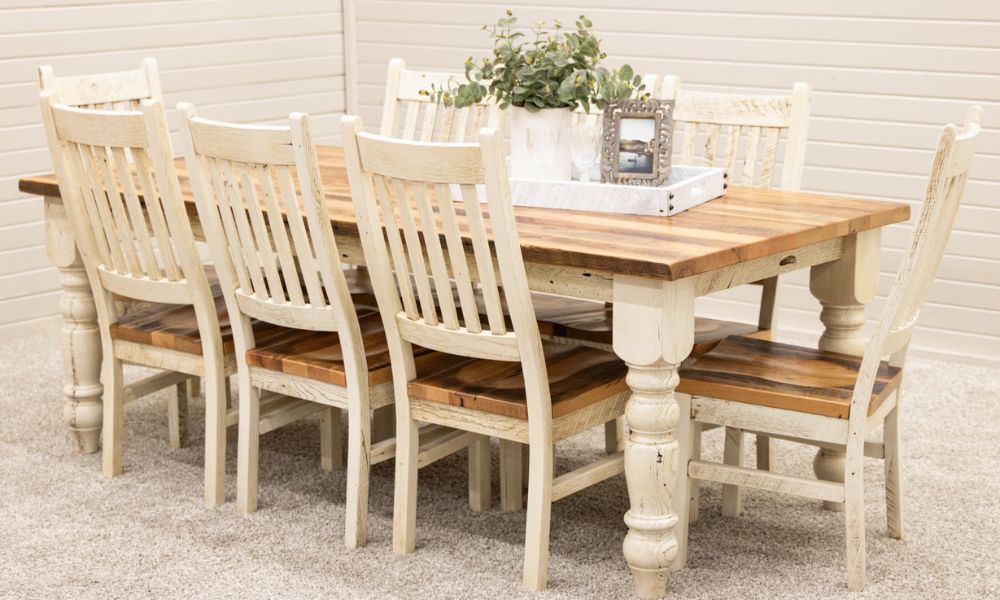
Designing your dining room is no small task, but it’s one worth putting care into. This space brings people together, serving as the backdrop for shared meals and celebrations. But where do you begin your design journey? It’s best to start by asking the right questions that encourage you to reflect on your taste and needs. Let’s explore six questions to ask when designing your dining room.
How Will I Use This Space?
What role does this dining room play in your life? Is it where your family gathers for daily meals, or do you see it as the centerpiece for hosting dinner parties? If you entertain extended family or friends, a larger table with extra seating makes sense. However, if your household eats more casually or uses the dining room less frequently, focusing on flexibility and open space might suit your needs better.
That said, your dining room doesn’t have to serve a single purpose. It can easily double as a multifunctional space. Smaller homes especially benefit from creative changes that maximize the space’s functionality, such as incorporating a workspace, a reading nook, or a kids’ homework area.
What Layout Works Best for My Room’s Shape?
When designing your dining room, ask yourself, “What layout works best for my room’s shape?” After all, you want an area that flows. For elongated spaces, position your dining area lengthwise, centering furniture to allow easy movement along the sides. Leave clear pathways on both ends to create a sense of openness.
Square-shaped dining rooms thrive on symmetry. In these instances, a central layout can work beautifully. This setup keeps the room balanced and makes it easier to maintain clear walkways.
When working with a dining area in an open-plan design, define your space. Anchor the layout using an area rug or a strategically placed light fixture. Placing your dining arrangement near a natural divider, such as a kitchen island or a sectional sofa, can create a subtle boundary.

Which Table and Chairs Fit Best?
Before selecting your dining set, grab a measuring tape. Ensure you have enough space for the table and, importantly, for chairs to slide in and out comfortably. Aim to leave 36 inches between the table edge and the walls or any nearby furniture. This choice will ensure ease of movement.
Proportion is key when choosing your dining set. A bulky, oversized table in a small room makes the space feel cramped, while an undersized table in a large dining room can leave it looking sparse.
If you have a smaller room, consider a round or oval table. The lack of corners will free up space visually and allow you to seat extra guests as needed. For larger spaces, choose a rectangular table with enough length to anchor the room. Extendable tables are also great options for those whose hosting needs fluctuate.
When selecting chairs, ensure the height matches the table. Typically, there should be 10 to 12 inches of space between the seat and the table bottom to ensure comfortable legroom. For smaller dining spaces, chairs with slim profiles or those without arms can help maintain an open and airy feel. On the other hand, wide-backed chairs work well in larger rooms.
Style and Materials Matter
Your table and chairs should match your style. For a cozy, intimate atmosphere, consider upholstered chairs that invite guests to linger. If you’re leaning toward a timeless look, go with wooden chairs.
Amish dining room sets, known for their impeccable craftsmanship and durability, offer a beautiful blend of form and function. These sets feature high-quality materials like solid oak or cherry wood, reflecting a tradition of meticulous attention to detail.
What Lighting Will Create the Right Mood?
Lighting can make or break the atmosphere in your dining room. Overhead fixtures like chandeliers or pendant lights are a classic choice for dining rooms, and the right fixture will provide even light coverage. When selecting a chandelier or pendant light, consider size and proportion.
A fixture that’s too large can overpower the table, while one that’s too small may feel out of place. As a rule of thumb, it’s best to choose a fixture with a width between half and two-thirds the width of your dining table. Hang the fixture 30 to 36 inches above the table to provide ample clearance.
Accent Lighting for Atmosphere
Flexible options like LED strips under the table or floor lamps tucked into corners bring softness and depth to the room. For subtle drama, consider uplights that will highlight architectural coffered ceilings or textured walls. Pair accent lighting with decorative elements, such as candles or string lights, during special gatherings for a warm, festive feel.
Making the Most of Natural Light
If your dining room has natural light, maximize it during the day. Use sheer curtains or lightly textured blinds that filter sunlight while maintaining privacy. These additions lend elegance without sacrificing the room’s natural brightness. For evening moods, combine natural and artificial lighting to transition smoothly as the sun sets.

What Color Palette Reflects My Style?
Color is one of the best ways to personalize your dining room. Neutral tones like beige, gray, or cream offer a timeless base as these shades allow other details, such as lighting or furniture, to shine. Soft neutrals also work beautifully as a canvas for layering pops of color through art, floral arrangements, or centerpiece décor.
Rich jewel tones such as emerald green or burgundy infuse the dining room with sophistication and depth. Use these bold hues on an accent wall or through upholstered chairs. To balance their intensity, pair them with muted tones like charcoal or cream.
For a lively, cheerful space, introduce bright colors like mustard yellow, coral, or sky blue. These hues bring energy and personality to your dining room without feeling overwhelming.
Using Texture and Patterns To Enhance Your Palette
Color isn’t your only tool for creating a dynamic dining room design. Textures and patterns add personality, too. Combine velvet or suede for upholstery with smooth surfaces such as glass or lacquer for tables and lighting. Decorative elements, such as patterned curtains or geometric wall art, can tie your palette together.
Area rugs can ground a room and extend your color scheme. For example, a dining room with earthy tones could feature a rug with a subtle tribal pattern in beige and rust hues to bring cohesion to the space.
What Décor Highlights My Taste?
Lastly, décor ties the room together and adds your unique touch. Wall art, mirrors, or even a gallery wall can bring life to blank walls. Centerpieces like fresh flowers or a set of candles work beautifully without taking over the table.
If you want something more permanent, a decorative bowl or sculpture can fill the space. Don’t forget about functional décor, like a stylish bar cart or an open shelf for showcasing your favorite dishes and glasses. Feel free to play with various décor pieces to keep things visually interesting.

